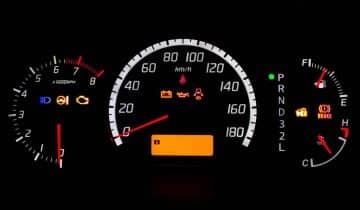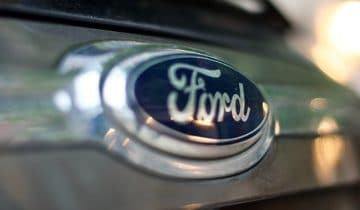When it comes to safety while driving, your seat belt serves as your life vest. It can save you from any serious or even fatal injuries should you be involved in a collision or an accident. However, no matter how effective seat belts can be in saving lives, they still need to be maintained just like any other part of your vehicle. Here’s a simple guide on how you can take good care of your seat belts, so it doesn’t malfunction when you need it.
Cleaning Seat Belts
If you think seat belts don’t need cleaning, you better think again. Dirty seat belts can become fragile due to the regular disintegration of the material. This means it also needs to be cleaned every now and then to make sure that the belt itself and the other components don’t deteriorate that fast.
Cleaning your seat belts is easy enough, but you need to be careful with it. Start by stripping them down and removing the buckles. Then try tugging on the belt using an upward and downward motion. To move the mount tabs and buttons, use paint scrapers and screwdrivers gently when prying them out.
Use only mild cleaning solutions and dry each part out completely before putting them back together. Avoid using strong or acidic bleach, dye, or detergent as they can be too strong and can damage the integrity of the parts.
Polishing and Detailing
Seat belts have a steel part on their locking mechanism, which can be corroded over time. When that happens, you can polish it with a high-grade chrome cleaner and apply it using steel wool. For the plastic buckle covers, you need some sandpaper and a mixture of liquor soap and water as a lubricant. For best results, apply a light coat of paint swirl remover on the plastic cover after polishing it.
Remove Clogs from the Buckle
A seat belt’s buckle is prone to clogging over time due to all the buildup of dust and dirt on the opening. While you don’t need to clean the buckle that often, it’s still best to clear the opening from any clogs to make sure that it doesn’t malfunction when in use. A clogged-up buckle has a risk of not working properly or the locking mechanism failing to hold.
To clean the buckle, you can dust off some of the particles, then spray a small amount of WD-40 to keep the buckles rust-free and smooth. Do this at least once every few months, and you don’t have to worry about your buckles becoming clogged up.
Have Your Seat Belt Inspected After a Collision
In an accident, extreme forces are suddenly applied to every part of your vehicle, including your seat belts. If you’ve been in a collision, those same forces could compromise the strength and durability of your seat belts. You’re not supposed to just let them be after such an event.
All seat belt parts must be inspected and repaired to ensure that all of its components are still in good condition. If your seat belt becomes locked and disabled, it needs to be replaced and restored so it can be used once again.
Conclusion
For many decades, seat belts have been the number one safety feature of vehicles, protecting people from fatal injuries in high-impact collisions. Contact a reliable post-accident restoration company to maintain your airbags and seat belts.
Safety Restore is the world’s leader in post-accident restorations specializing in seat belt repairs and airbag modules. Our team is capable of providing world-class service while helping you save money at the same time. When it comes to seat belt repairs, and airbag module reset services, Safety Restore is the company to call. Contact us today to get started.


